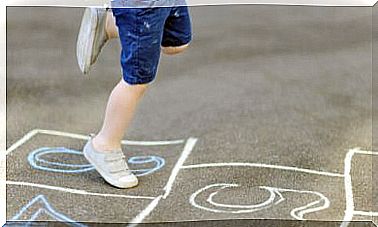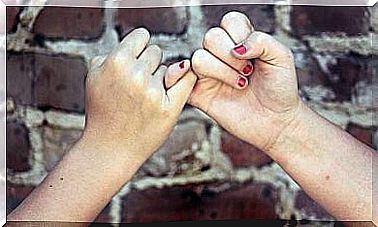9 Study Techniques For Children

Study techniques for children are specific and systematized activities that are usually internalized to acquire knowledge in a simpler way, which will certainly help children with their academic results.
The process of raising awareness about children’s needs in the learning process has given rise to different study techniques to help them develop at this stage.
Fortunately, it is considered that knowledge must be transmitted in different ways and always taking into account the stage of development of each child.
Likewise, their individual characteristics must be considered, which vary from their personality to the context, among other aspects, in order to be able to apply the study techniques that produce better results in this child’s teaching process.

9 techniques to study
Below are 11 study techniques for children that parents or teachers can use to help them find the one that best suits their needs.
It is important to know that study techniques can be used one after the other, as if it were an outline, or they can be taken individually:
The reading
To be assimilated, a text must be read in advance. For this, two types of reading are proposed: exploratory reading or pre-reading. This first reading is quick. Brings the child closer to the text or narration.
After the first reading, a comprehensive reading is given. It is advisable to pause on each paragraph and build a short listening comprehension of what was read in the previous paragraph. In this way, the comprehension of the text will be internalized.
Highlight
Generally, the underlining technique is learned step by step. Ideally, after carrying out the previous reading step, the main idea is mentally identified and the following question answered: what did this text mean to us?
Based on this question, your child can underline the most important part of the text or paragraph for better understanding or further analysis.
Make notes
This step consists of carrying out an underlining development. It is important and helpful for your child to write a text in their own words, not literally copying what the text says. That way you can see how far the text has been assimilated.
On the other hand, it is important to respect the particular terms that cannot be substituted. For example, if the text is about a historical event, it is not convenient to omit the dates in the summary.

Make mind maps
Mind maps are particularly helpful for children who have visual memory.
However, even if your child doesn’t have this kind of memory, maps are sometimes very useful, as they associate keywords through communication networks that can be represented by arrows.
study guides
This method is useful when you need to enter dates or numbers. It is often used extensively in subjects such as history, chemistry, mathematics, geography, and languages.
Test
Tests are used to confirm how much content your child has assimilated and when further review is needed.
They are similar to assessments called multiple choice questions, in which you need to choose the correct answer from 3 or more possible answers.
Use mnemonic rules
Mnemonic rules are used to associate a term that is difficult to assimilate with one that is known by the child.
In this way, a new idea is anchored to an existing one. It is also very useful for remembering words or dates.
make drawings
Many children use their drawing skills. This type of talent is particularly useful in subjects such as geography, art or history.
A drawing can help them generate pictographic mental associations.
record the lessons
Those children who usually acquire their knowledge through the auditory path usually record lessons and then play them back at home and record again in their own voice.
The power of this learning is very powerful and of great use. Especially when the child recognizes their voice in the recording, as it generates an effect of incorporating knowledge much more precisely than listening to someone else’s voice.
Some extra tips
Although apparently not a study technique, it is essential to have a clean and organized space.
On the other hand, it’s important for you to know that you can use each of these techniques as a blueprint that goes from the first to the last, which helps make your child’s learning easier.
However, as expressed from the beginning, there are techniques that are used more by some children than others, as this depends on each child’s natural abilities, personality, evolutionary stage, context and subject matter.
Cover image at mylittlewalnutphotography.com









